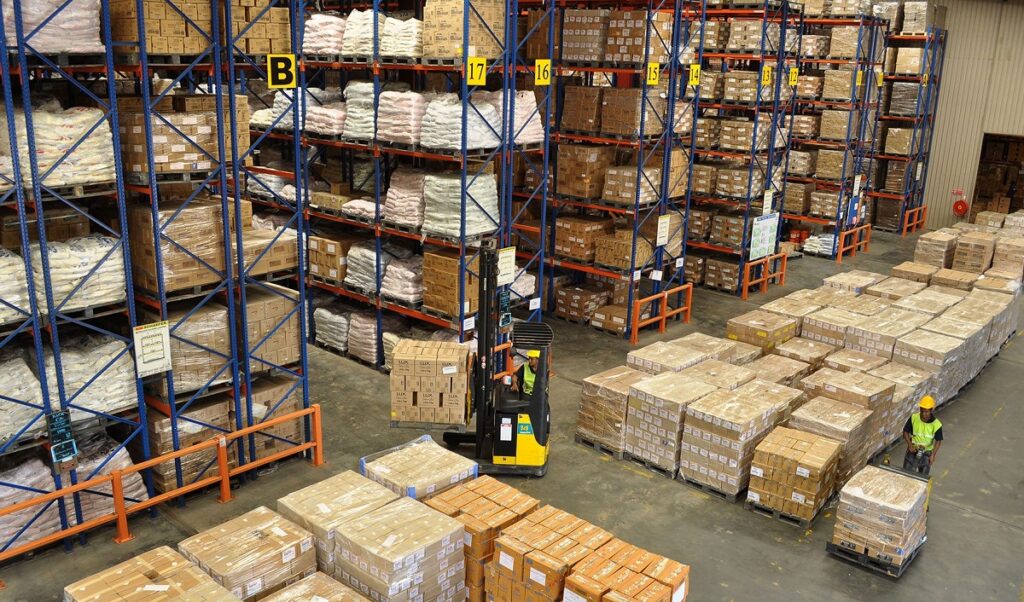
Sonipat, a city strategically nestled in the heart of Haryana, India, has emerged as a beacon in the warehousing sector. With its prime location, excellent connectivity, and a business-friendly environment, Sonipat has become a magnet for businesses looking to optimize their supply chain operations. In this article, we delve into the burgeoning warehouse scene in Sonipat, exploring its key features, advantages, and why it has become a preferred destination for logistics and distribution.
1: Strategic Location: Sonipat’s Geographical Advantage:
Sonipat’s geographical placement is one of its major strengths. Situated in close proximity to the national capital, Delhi, and strategically positioned along the prominent National Highway 44, Sonipat serves as a crucial link in the supply chain network. Its accessibility to major transport routes, including rail and road, makes it an ideal location for warehousing activities. This strategic advantage minimizes transit times, reduces transportation costs, and enhances overall logistics efficiency.
2: Infrastructure Marvels: State-of-the-Art Warehouses:
The warehouse infrastructure in Sonipat is a testament to modernity and efficiency. Companies operating in the region are investing heavily in state-of-the-art facilities equipped with the latest technologies. Automated storage systems, RFID tracking, and real-time inventory management are just a few features that characterize the warehouses in Sonipat. These advancements not only streamline operations but also ensure the safety and security of stored goods.
3: Connectivity Hub: Integrating Modes of Transportation:
One of the key factors contributing to Sonipat’s rise as a warehousing hub is its excellent connectivity. The city is well-connected by road and rail, facilitating the seamless movement of goods. The presence of the Kundli-Manesar-Palwal Expressway further enhances connectivity, reducing transit times and improving the overall supply chain efficiency. This integration of various modes of transportation makes Sonipat an attractive choice for businesses looking to establish a robust distribution network.
4: Business-Friendly Policies: Catalyst for Growth:
Sonipat’s administration has played a pivotal role in fostering a business-friendly environment. The state government’s policies are geared towards attracting investments and promoting the growth of the warehousing sector. The ease of doing business, coupled with transparent regulations, has encouraged both domestic and international companies to set up their warehouses in Sonipat. The city’s pro-business stance is a significant driver of its burgeoning warehousing landscape.
Additional Read: The Growth and Significance of Warehouses in Sonipat: A Booming Hub for Logistics
5: Employment Opportunities: Boosting the Local Economy:
The establishment and expansion of warehouses in Sonipat have not only bolstered the logistics sector but also contributed to job creation. The demand for skilled and semi-skilled workers in warehouse operations, transportation, and related services has led to increased employment opportunities for the local populace. This positive impact on the job market has further strengthened Sonipat’s position as an economic powerhouse in the region.
6: Sustainability Initiatives: Green Warehousing:
As the world becomes increasingly conscious of environmental sustainability, Sonipat’s warehouses are aligning with this global trend. Many warehouses in the region are adopting eco-friendly practices, incorporating green technologies, and implementing energy-efficient measures. From solar panels to rainwater harvesting systems, Sonipat’s warehouses are contributing to a more sustainable and responsible supply chain.
7: Challenges and Solutions: Navigating the Path to Success:
While Sonipat has witnessed remarkable growth in its warehousing sector, it is not without its challenges. The increasing demand for warehousing space has led to competition for prime locations, escalating real estate prices. Additionally, infrastructure development must keep pace with the growing needs of the sector. However, proactive measures by both the government and private enterprises are addressing these challenges, ensuring sustainable growth and development.
8: Future Outlook: Sonipat as a Warehousing Powerhouse:
Looking ahead, Sonipat’s future as a warehousing powerhouse seems promising. The city’s strategic location, coupled with its commitment to infrastructure development and business-friendly policies, positions it as a preferred destination for companies seeking efficient supply chain solutions. As technology continues to evolve, the warehouses in Sonipat are likely to embrace more innovations, further solidifying their status as cutting-edge facilities in the logistics landscape.
Conclusion: Sonipat’s ascent as a hub for warehousing is a compelling narrative of strategic planning, infrastructure development, and a conducive business environment. The city’s journey from a regional player to a national logistics powerhouse underscores the critical role it plays in the evolving landscape of supply chain management. With its continued focus on sustainability, innovation, and economic growth, Sonipat is poised to shape the future of warehousing in India.